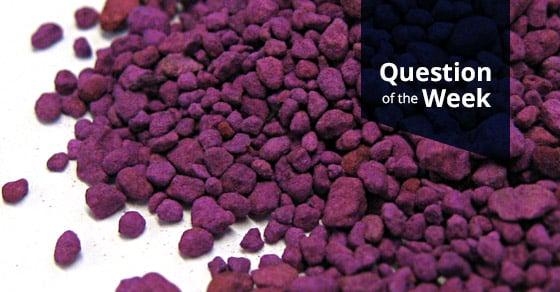When pelletization, granulation, or other agglomeration methods are employed, an additional and fairly common process is to coat agglomerates, or apply of a thin layer of material to the end product. Coating is done for a number of reasons, including:
-
- To change the agglomerate’s color.
- To protect the agglomerate (from moisture or additional attrition).
- To control dust or caking.
- To improve flowability of the material.
- To add value to the pellet formulation.
Coatings are commonly used in the production of fertilizers, ceramics, pharmaceutical tablets, and food powders. The exact method used in processing is dependent on the material and coating type, but in general, coating drums may be a sufficient option. As the agglomerates rotate inside the drum, they pick up the coating, and the rolling action helps to disperse the coat onto the exterior of the agglomerates.
For more in-depth information on topics surrounding agglomeration, download our e-book, or contact us today!


